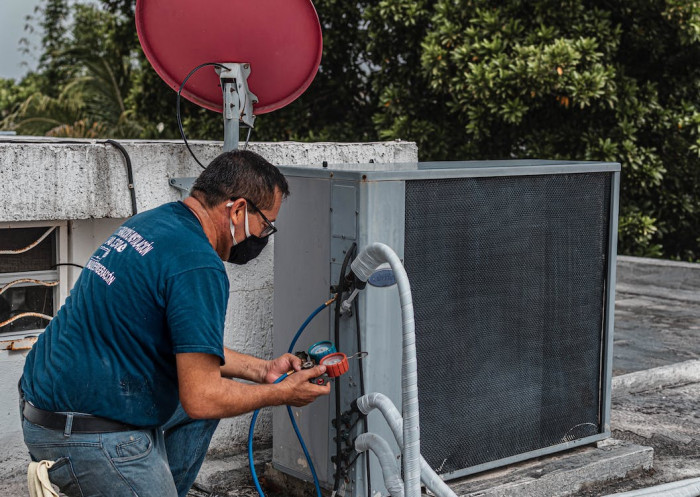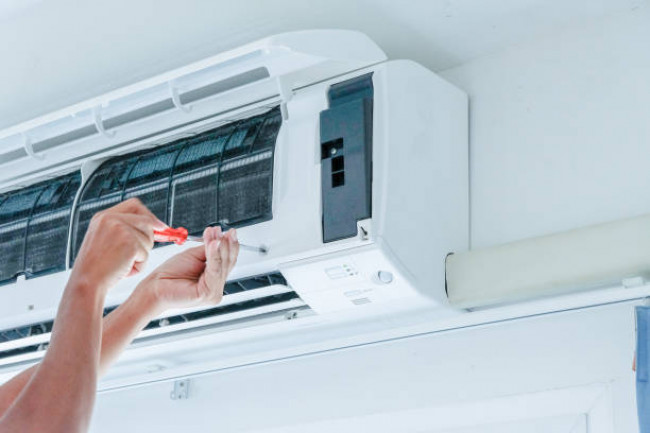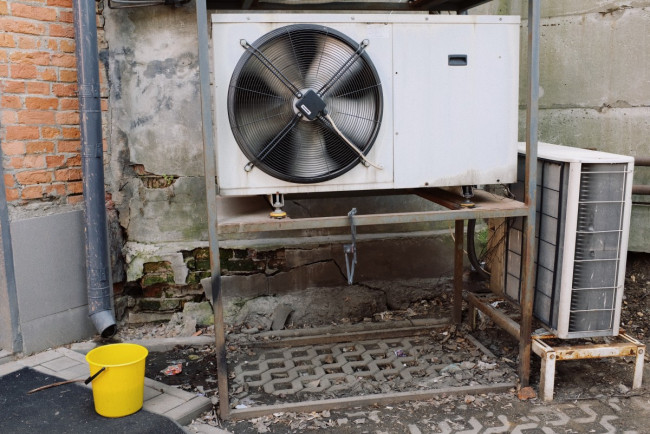Air conditioning has become an integral part of our modern lives, providing comfort and relief from the sweltering heat. Behind the scenes, however, lies a fascinating blend of art and science that makes air conditioning possible. From the intricate engineering designs to the aesthetic appeal of sleek units, the world of AC Repair Dubai exhibits a captivating blend of functionality and elegance. In this article, we will delve into the art and science of air conditioning, exploring its evolution, underlying principles, technological advancements, and the impact it has on our daily lives.
A Historical Journey:
The concept of cooling dates back centuries, with ancient civilizations devising ingenious ways to beat the heat. From the use of hand-operated fans and evaporative cooling techniques to harnessing natural elements like wind and water, our ancestors laid the foundation for modern air conditioning. However, it was not until the late 19th century that the advent of electricity and the Industrial Revolution paved the way for significant advancements in cooling technology.
Willis Carrier, often regarded as the father of modern air conditioning, introduced the first electrically powered air conditioning system in 1902. This breakthrough not only revolutionized comfort but also revolutionized industries such as manufacturing, healthcare, and entertainment. Since then, air conditioning has become an indispensable part of our lives, shaping the way we live, work, and relax.

The Science of Cooling:
At the core of air conditioning lies the fundamental principles of thermodynamics, heat transfer, and refrigeration. The process begins with the principle that heat flows naturally from hotter regions to cooler regions. By manipulating this principle, air conditioning systems can remove heat from indoor spaces and expel it to the outside, resulting in a cooler and more comfortable environment.
Refrigeration cycles form the heart of air conditioning systems. These cycles involve the compression and expansion of refrigerant gases to facilitate heat transfer. The refrigerant, typically a chemical compound such as R-410A or R-22, undergoes phase transitions from gas to liquid and back to gas, absorbing heat from indoor spaces and releasing it outside. This continuous cycle ensures the removal of heat, resulting in cooler air being circulated within the conditioned space.
Artistic Design and Functionality:
Beyond the science, air conditioning units boast an artistic blend of design and functionality. The sleek and modern appearance of air conditioners has become a hallmark of contemporary architecture and interior design. From window units to split systems, manufacturers strive to create aesthetically pleasing designs that seamlessly integrate into various settings, complementing the overall ambiance.
Advancements in technology have further enhanced the elegance of air conditioning units. Today, you can find slim-profile units with sleek touch panels, wireless connectivity, and smart home integration. These features not only provide convenience but also elevate the overall user experience. Air conditioning has evolved into more than just a cooling appliance; it has become a statement of style and sophistication.
Smart Air Conditioning:
The advent of the Internet of Things (IoT) has brought forth a new era of smart air conditioning systems. These systems offer intelligent temperature control, energy optimization, and remote access through mobile applications. With just a few taps on a smartphone, users can adjust the temperature, monitor energy consumption, and even receive maintenance alerts.
Smart air conditioning not only enhances comfort but also promotes energy efficiency. By leveraging data analytics and machine learning algorithms, these systems can optimize cooling patterns based on user preferences and environmental conditions. They can learn from usage patterns and adjust settings automatically to maximize energy savings while maintaining a comfortable environment.
The Impact on Daily Life:
Air conditioning has had a profound impact on various aspects of our daily lives. In hot climates, it is not just a luxury but a necessity for health and productivity. Air-conditioned homes provide a refuge from extreme temperatures,
reducing the risk of heat-related illnesses and improving overall well-being. Comfortable indoor temperatures promote better sleep quality, enhance concentration levels, and increase productivity in both residential and commercial settings.
In the workplace, air conditioning plays a crucial role in creating a conducive environment for employees. It helps regulate temperatures, ensuring a comfortable atmosphere that fosters focus, creativity, and efficiency. Businesses that prioritize employee comfort through proper air conditioning often experience higher job satisfaction, lower absenteeism, and increased employee retention.
Air conditioning has also transformed the entertainment and hospitality industries. Movie theaters, shopping malls, hotels, and restaurants provide a refreshing escape from the heat, attracting customers and enhancing their experiences. Theatrical performances, conferences, and sporting events are made more enjoyable with the cool, controlled climates provided by modern air conditioning systems.
Energy Efficiency and Environmental Considerations:
While air conditioning has undeniably improved our lives, there are concerns about its environmental impact and energy consumption. The cooling process requires a significant amount of energy, primarily derived from fossil fuels, contributing to greenhouse gas emissions and climate change. As the demand for air conditioning continues to rise, it is imperative to explore sustainable alternatives and improve energy efficiency.
Manufacturers and researchers are continuously working towards developing eco-friendly solutions. Energy-efficient systems, such as those with high Seasonal Energy Efficiency Ratios (SEER) or utilizing alternative refrigerants with lower global warming potentials, are becoming more prevalent. Innovations in compressor technology, heat exchangers, and smart controls contribute to reduced energy consumption and environmental impact.
Additionally, proper maintenance and regular servicing of air conditioning systems are essential to ensure optimal performance and efficiency. Cleaning or replacing air filters, checking refrigerant levels, and inspecting ductwork help maximize energy efficiency and prolong the lifespan of the unit.
Conclusion:
The art and science of air conditioning have come a long way since its inception. From ancient cooling techniques to modern, sleek units equipped with advanced technology, air conditioning has transformed the way we live, work, and relax. Its ability to create comfortable indoor environments, enhance productivity, and provide respite from the heat has become an indispensable part of our daily lives.
As we continue to appreciate the elegance and functionality of air conditioning, it is essential to balance comfort with sustainability. Advancements in energy-efficient systems and environmentally friendly refrigerants pave the way for a more eco-conscious approach to cooling. By embracing these innovations and adopting responsible practices, we can enjoy the chilling elegance of air conditioning while minimizing our impact on the environment.
So, the next time you experience the cool breeze on a scorching day or admire the sleek design of an air conditioning unit, take a moment to appreciate the artistry and scientific ingenuity that goes into creating the perfect balance of comfort and style—the chilling elegance of air conditioning.
















